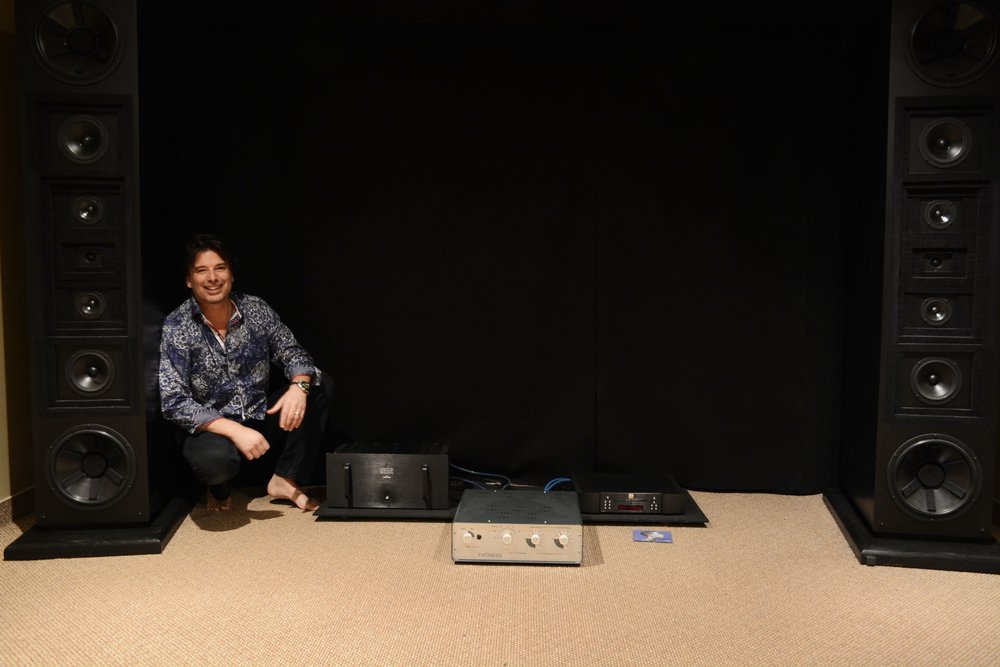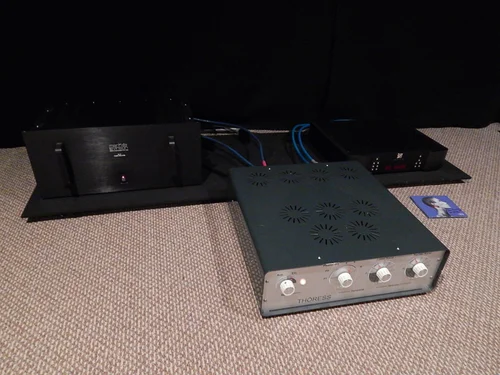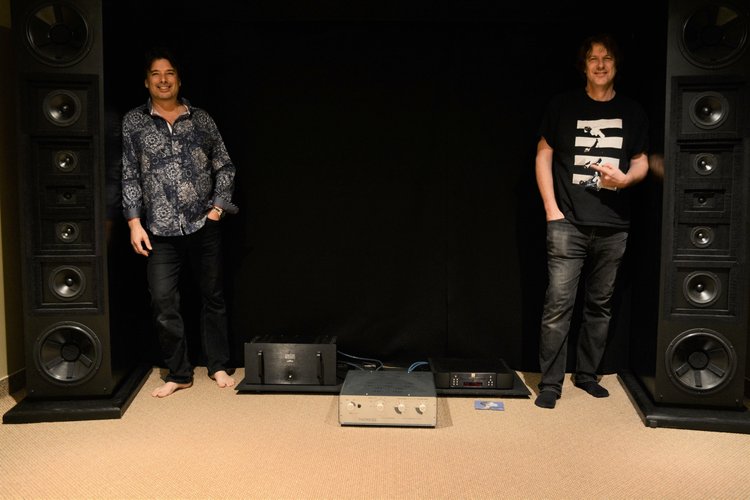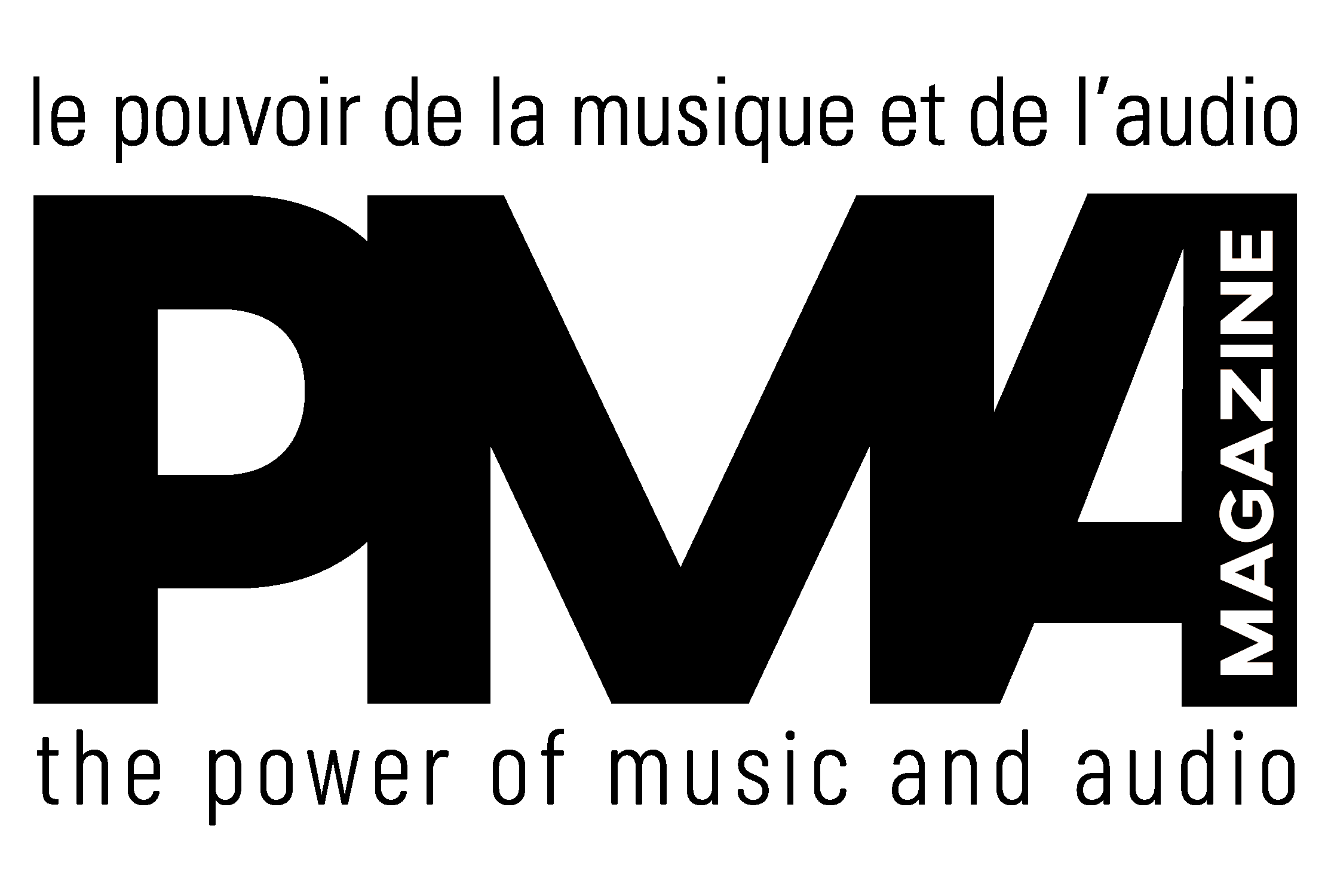The point behind our new “No, I have the best system in the world!” series is not to have people brag about their system. Okay, it is, a bit, but it’s a bragging that I think we can all get behind. It’s a brag without braggadocio or pretention or saying that you need to spend a small fortune to build a magical-sounding system. There’s pride involved, but it’s a pride with heart and generosity that’s meant to inspire and help others. Great sound is within reach of every one of us music / sound lovers, and in each installment of this series, we will present a system that is making its owner tremendously happy.

Our first installment features a close friend of mine, Karim Senoussi, who got bit by the audio bug many years ago when, on a dead-end search for a multi-zone audio system at Montreal’s annual audio show, he decided to sit in the sweet spot at one of the exhibits and was blown away by what he heard. “It sounded so close up. Listening to an acoustic guitar, it was like I could hear the humidity of the finger on the strings. It gave me goosebumps. And I knew then that I wanted a system that could reproduce this sense of super realism”.
Today, Karim’s system is so good he could probably charge people to listen to it in blocks of 30 minutes. I’m not kidding, or saying what I’m saying out of some sense of loyalty. I envy his system.
It rocked my world when I heard it for the first time. It continues to rock many people’s world when they hear it for the first time. Without doubt, it’s the system I’ve listened to in the company of others that has drawn, from myself included, the most amount of rapturous praise.
Yet, considering its sound quality—and it sounds like a million bucks—Karim’s system didn’t cost a princely sum to assemble. Synergy was achieved using a first generation Simaudio Moon Neo 260D CD player, the Mark Levinson ML-9 amplifier (Karim: “A true Mark Levinson amp, created over two decades ago by the legendary team of Levinson and Thomas Colangelo”), the tubed German-made Thöress Preamplifier (“Dual mono with point-to-point wiring, no circuit board”), and the crowning jewel of his system, the monolithic Dunlavy SC V speakers (“John Dunlavy was a genius who underpriced his speakers”), which are easy to drive despite their combined 600lb weight!

Looking at Karim’s gear, you may think: vintage. But the system doesn’t sound old school by any means. It sounds natural, effortless, and substantial. “People say my system sounds smooth and big,” says Karim, who’s basement listening room is the size and shape of a one-car garage. “They become so focused on the music they forget about the gear. That’s what a great system must do. And my experience is that price can’t tell you whether or not a component will work well in your system, even if it’s a component that received worldwide praise or one you heard sound amazing in another system. People have to try it at home first to see if there’s synergy with the rest of their system, because synergy is everything in this game. It’s important to have a trial period.”
Karim’s great-sounding system produced an unexpected offshoot. It made me realize how good CDs can sound. When I first heard that Karim had no record player, I was disappointed. Then I heard his CD-sourced system and thought: yeah, okay, it would be fun if he had a record player, but darn if those CDs don’t sound really good. Non-digital, even. It inspired me to buy Simaudio’s transport-only 260D to replace my old transport.
What’s notable, and seems to support Karim’s try-at-home-first policy, is the fact he’s tried much more expensive CD players in his system, and while these might have done one or two things better than the 260D—more detail, solider bass, more precise imaging—his player bettered them all in listening engagement.
“I’ll never say that I have the best amp, or best preamp, or best anything. What I have are components that work exceedingly well together. One trick in evaluating whether or not a component is a good fit for your system is to ask if it’s either distracting you from the music or making it easier for you to lose yourself in it. People who hear my system say it’s like a mind trip. It takes them on a musical voyage. The biggest mistake novices make is to always want more detail or sharper images. Often this comes at the cost of an aggressiveness in the sound that causes listening fatigue.”
If you’ve read PMA Magazine contributor Gilles Laferrière’s piece “Putting an end to the audio cable debate! Part 2“, you know that Gilles places a great deal of importance on cables and room treatment. Not so Karim, who says he’s tried many expensive cables but still preferred the lower-priced ones, including Mark Levinson’s stock power cord and a cheap copper power cable he uses with the 260D, over their pricier counterparts. While the improvements translated to a more organic and “homogenous” presentation, Karim is quick to point out that his experience in no way invalidates expensive cabling, but simply reflects the importance of synergy. As for room treatment, Karim uses none—”For whatever reason , my room doesn’t need it. My sound is very coherent and stretches far beyond my walls”—unless you count as a room treatment the complete blotting out of every light source in the room, including LEDs on the gear itself, over which Karim applies a small piece of black electrical tape. It’s a “sensorial deprivation” technique that engulfs the listener in a darkness akin to blindness, in which objects as near as an inch from one’s face are undetectable by sight. According to Karim, visual cues—of the room, system, people, furnishings, anything—can distract from the musical mind-trip by reminding us that we’re not listening to an actual event, but rather a facsimile of one.

Karim’s gear is placed not on a component rack, but on the floor on a metal plate, low enough to avoid blocking the view of the movie screen that rolls down from the ceiling between his speakers. The Thöress, however, sits directly on the carpeted floor. Karim noticed a “hardening” in the sound of the Thöress—a less “harmonious” presentation—when the preamp is placed on the plate. Offers Karim: “Maybe it’s a mismatch between the metal and the tubes inside the Thöress, but I’m not sure.”
Outside of the gear, Karim attributes his system’s great sound to a few things, starting, primordially, with speaker positioning. Karim uses a laser pointer to set up his speakers so the sound of each speaker arrives at the listener at the same time. “An inch can make a difference. A friend of mine who’s been doing custom audio installations for 20 years noticed something was a bit off when he listened to my system. We moved one of the speakers an inch forward and the sound snapped into focus.”
Karim says he also got a big performance boost by connecting his system to a dedicated ground breaker and replacing the standard 14-gauge wiring in his walls with thicker 10-gauge. He also uses A/C power filtering products, including a Furutech GTX wall outlet and a Nordost QK1 AC Enhancer. The cumulative effect of all these variables, according to Karim, is a much more cohesive and expansive soundstage.
“Never assume anything,” Karim offers as a final word. “Don’t expect something to work this way or that way in your system without trying it for yourself first. Keep your mind open.”
If you have a system you’d like to talk about in our “No, I have the best system in the world!” series, let us know by dropping us a line here.
















Leave a Reply